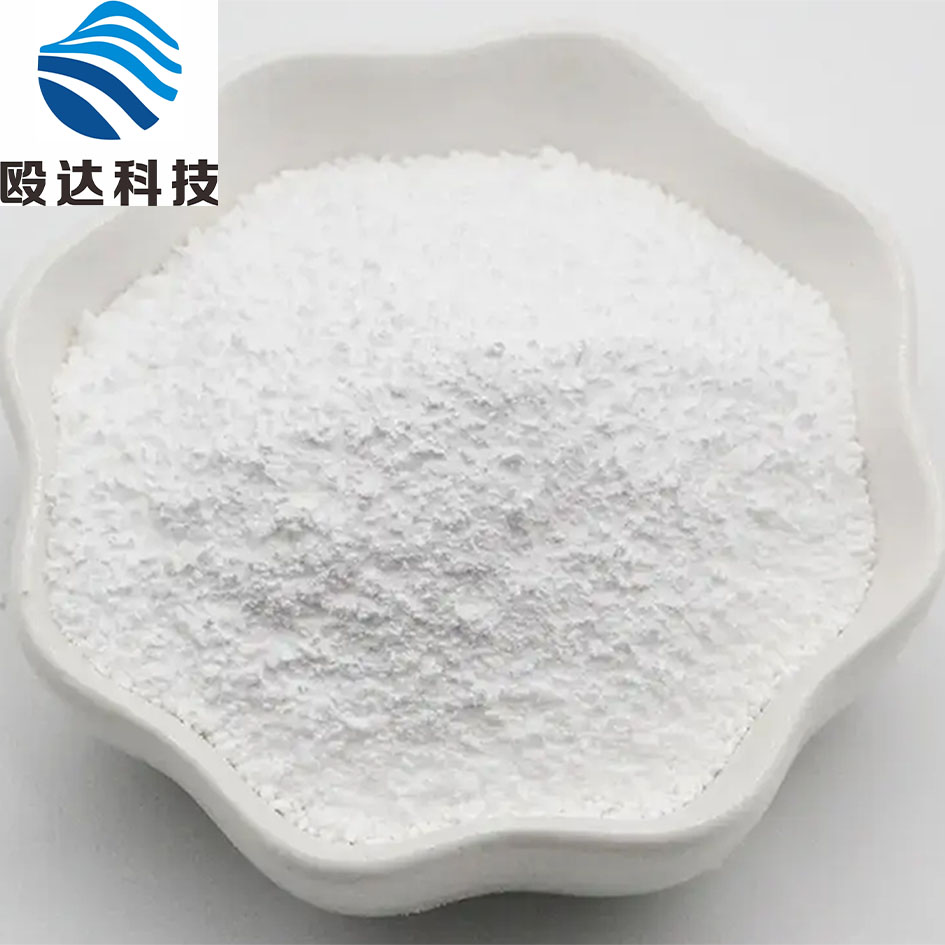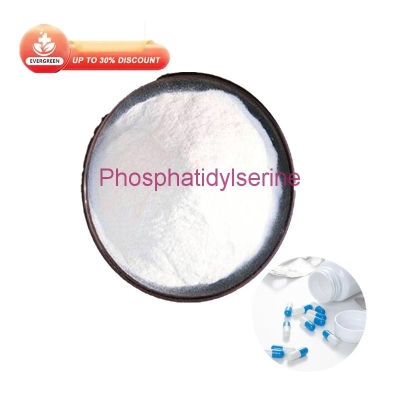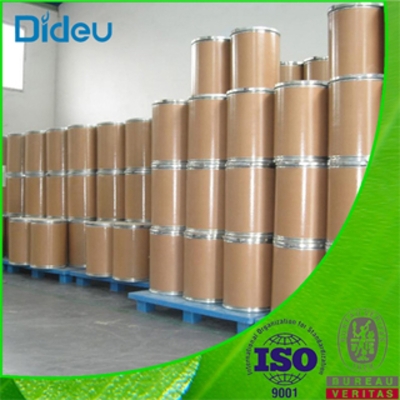-
Categories
-
Pharmaceutical Intermediates
-
Active Pharmaceutical Ingredients
-
Food Additives
- Industrial Coatings
- Agrochemicals
- Dyes and Pigments
- Surfactant
- Flavors and Fragrances
- Chemical Reagents
- Catalyst and Auxiliary
- Natural Products
- Inorganic Chemistry
-
Organic Chemistry
-
Biochemical Engineering
- Analytical Chemistry
- Cosmetic Ingredient
-
Pharmaceutical Intermediates
Promotion
ECHEMI Mall
Wholesale
Weekly Price
Exhibition
News
-
Trade Service
Saxagliptin hydrate is a widely used antidiabetic drug that belongs to the class of drugs known as dipeptidyl peptidase-4 (DPP-4) inhibitors.
It is primarily used to treat type 2 diabetes by increasing the levels of certain hormones that regulate blood sugar.
The synthetic route of Saxagliptin hydrate can be broadly classified into two categories: chemical synthesis and biotechnological synthesis.
Chemical Synthesis of Saxagliptin Hydrate:
Chemical synthesis of Saxagliptin hydrate involves a multi-step process that involves the synthesis of several intermediates, which are then transformed into the final product.
The synthesis of Saxagliptin hydrate can be broadly divided into four steps:
- Preparation of the starting material: The synthesis of Saxagliptin hydrate starts with the preparation of the starting material, which is typically a nitrogen-containing compound known as a diamine.
The diamine is derived from the condensation of an aromatic amine with an aliphatic amine in the presence of a strong acid catalyst. - Synthesis of the baeyer-Villiger monoadduct: The diamine is then treated with a carbonyl compound in the presence of a strong acid catalyst to form a baeyer-Villiger monoadduct.
- Hydrolysis and decarboxylation: The baeyer-Villiger monoadduct is then hydrolyzed and decarboxylated under acidic conditions to form a secondary amine.
- Synthesis of Saxagliptin hydrate: The secondary amine is then treated with a series of reagents to form the final product, Saxagliptin hydrate.
The process involves the condensation of the secondary amine with a phenylalanine derivative in the presence of a strong acid catalyst, followed by the hydrolysis of the resulting intermediate to form the final product.
Biotechnological Synthesis of Saxagliptin Hydrate:
Biotechnological synthesis of Saxagliptin hydrate involves the use of microorganisms such as bacteria or yeast to convert a starting material into the final product.
The biotechnological synthesis of Saxagliptin hydrate can be broadly divided into three steps:
- Production of the starting material: The biotechnological synthesis of Saxagliptin hydrate starts with the production of the starting material, which is typically a nitrogen-containing compound known as a diamine.
The diamine is produced by the microorganism through a process known as biosynthesis. - Synthesis of Saxagliptin hydrate: The diamine is then converted into Saxagliptin hydrate by the microorganism through a series of enzymatic reactions.
The conversion involves the condensation of the diamine with a phenylalanine derivative, followed by the hydrolysis of the resulting intermediate to form the final product. - Purification and isolation of Saxagliptin hydrate: The final product, Saxagliptin hydrate, is then purified and isolated from the culture broth of the microorganism.
Advantages and Limitations of the Synthetic Routes:
Both the chemical and biotechnological synthesis of Saxagliptin hydrate have their advantages and limitations.
The chemical synthesis of Saxagliptin hydrate is a multi-step process that requires the use of several toxic reagents and solvents.
The process is also associated with a high energy consumption and produces a significant amount of waste.
On the other hand, the biotechnological synthesis of Saxagliptin hydrate is a single-step process that uses microorganisms to convert a starting material into the final product.
The process is more environmentally friendly as it uses natural microorganisms and does not produce any toxic waste.
Conclusion:
Saxagliptin hydrate is an important antidiabetic drug that is widely used to treat type 2 diabetes.
The synthetic routes of Saxagliptin hydrate can be broadly classified into two categories: chemical synthesis and biotechnological synthesis.
Chemical synthesis involves a multi-step process that







